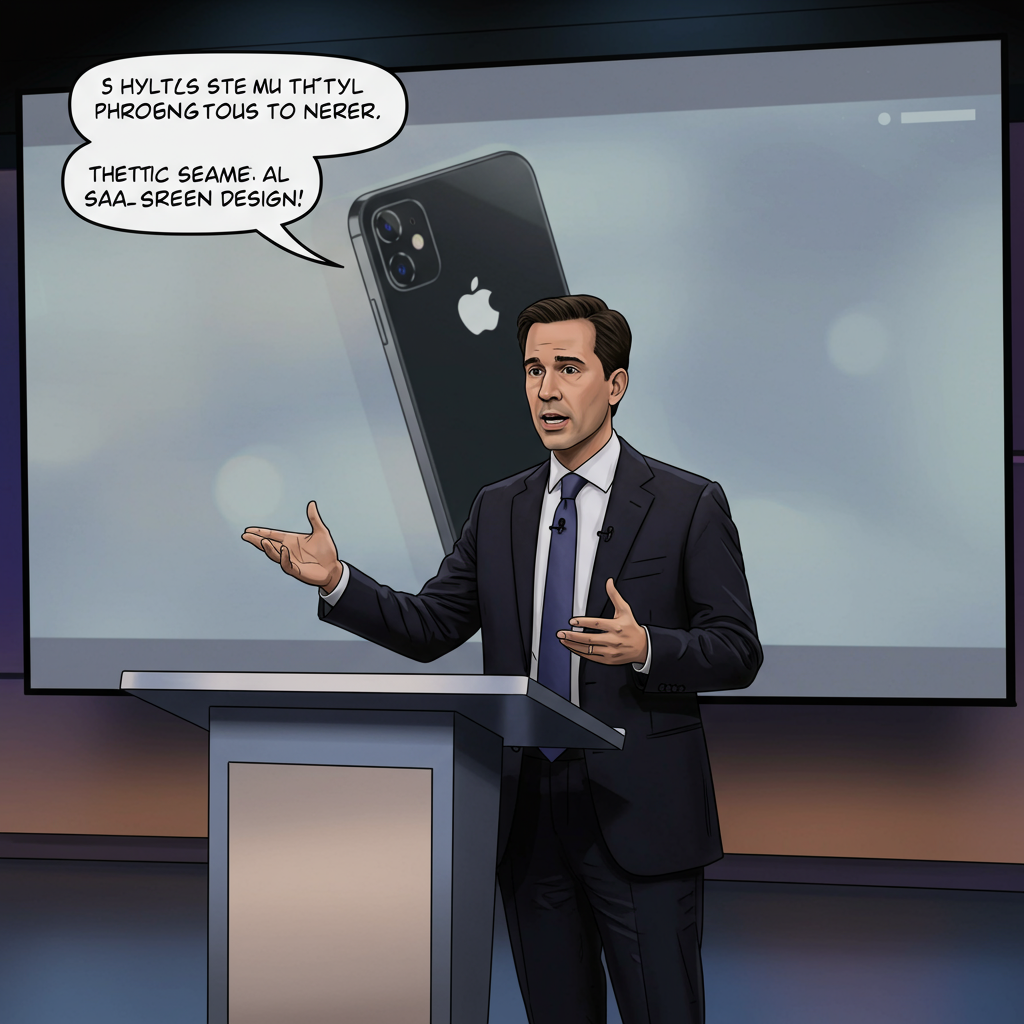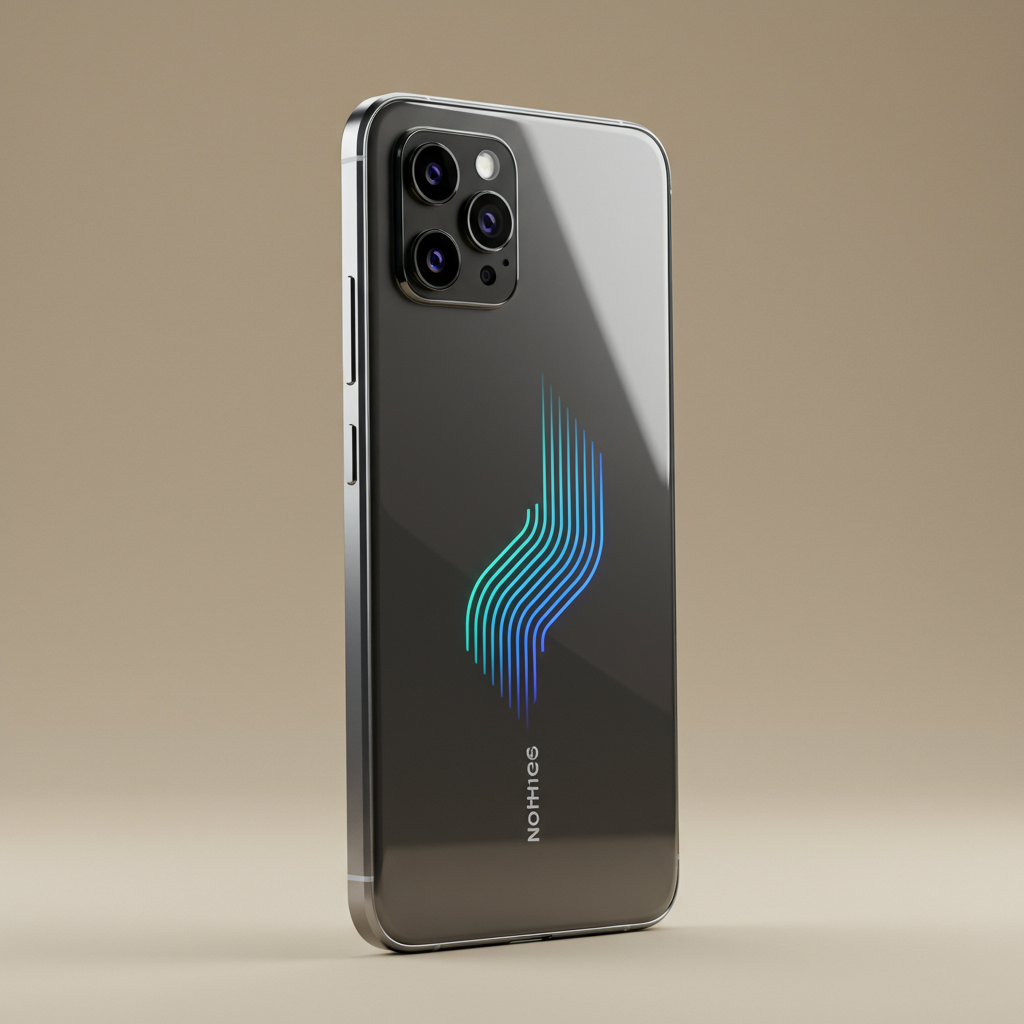Could your favorite celebrity or influencer soon have a digital twin offering round-the-clock interaction? OhChat, a startup aiming to disrupt the creator landscape, is making this a reality. Described by its CEO as the “lovechild between OnlyFans and OpenAI,” this platform uses artificial intelligence to create lifelike digital replicas of public figures, allowing users to interact with them in ways previously unimaginable.
Launched just eight months ago, OhChat has quickly garnered attention, attracting 200,000 users, primarily in the United States. The platform sits at a fascinating, albeit provocative, intersection of AI, fame, and human desire, where simulated intimacy is offered and connection is monetized.
Meeting the AI Avatars
Among the first creators to join the platform is former British glamour model Katie Price, famously known as “Jordan” in the late 1990s. Her AI-powered digital twin, also named Jordan, is marketed as the “ultimate British bombshell” and offers users the ability to act out “uncensored dreams.”
“She doesn’t eat, sleep or breathe. But she remembers you, desires you and never logs off,” CNN reported after speaking with Price. Price herself expressed astonishment at the likeness, stating, “It’s like looking at me years ago… It’s my voice. It’s literally me. It’s me.”
Other notable figures, like “Baywatch” actress Carmen Electra, have also launched AI avatars on OhChat. Electra’s digital twin currently promises “intimacy that truly satisfies” and “private images you’ll crave.”
The Passive Income Promise
For creators, OhChat offers a compelling proposition: passive income. Unlike traditional platforms where creators must constantly produce content and engage, the AI avatar runs autonomously once activated.
To create a digital twin, creators provide 30 images and speak to a bot for 30 minutes. The platform then generates the replica within hours using AI technology, reportedly leveraging Meta’s large language model. The twin is trained to mimic the creator’s voice, appearance, and mannerisms, capable of sending texts, voice notes, and images on demand.
The business model features a tiered subscription service, ranging from $4.99/month for unlimited text to $29.99/month for unlimited VIP interaction. OhChat CEO Nic Young revealed that creators receive a substantial 80% cut of the revenue generated by their AI twin, with OhChat keeping 20%.
Young frames this as an incredibly powerful tool offering “literally unlimited passive income without having to do anything again.” This stands in stark contrast to the demanding realities faced by many human content creators, who must invest significant time and effort, and can even face physical and health tolls from their work, unlike their AI counterparts.
Creators also maintain control over the explicitness of their avatar’s interactions, with levels ranging from basic chat to sexualized content. Katie Price’s avatar is categorized as “level two,” permitting sexualized chats and topless imagery but not full nudity or simulated sex. Price noted the power she felt in creating a digital version of herself that is “available” around the clock, surpassing the limitations of her own time, even on platforms like OnlyFans where she has a human-managed presence.
Navigating the Ethical Minefield
While OhChat presents a new frontier for monetization, it also steps into a complex ethical landscape, raising significant concerns about the future of digital labor, human connection, and exploitation.
Critics question the societal value of incentivizing and monetizing interactions with AI that are designed to mimic emotional discourse. Experts highlight the risk of users forming emotional attachments to simulations, noting that these interactions are essentially “algorithmic theatre,” lacking genuine reciprocity. There are documented instances of users developing deep bonds with chatbots, underscoring the potential vulnerability when AI is designed to simulate human affection.
For creators, the platform presents a different kind of ethical dilemma. While offering passive income, it raises questions about whether creators risk being replaced or alienated by their own digital likenesses. Some experts worry that the AI environment is perfectly suited for the human creator to be “left behind completely – while still being exploited” in a new way.
Furthermore, reputational risks loom large. Intellectual property law experts point out the danger if a high-profile avatar were hacked or produced a harmful “hallucination,” potentially causing significant damage to the public figure’s reputation.
OhChat’s CEO maintains that the platform balances “immersion and transparency,” stating that users are clearly informed upfront that they are interacting with AI. However, critics argue that the platform’s profit motive, driven by engagement, means the AI is optimized to keep users hooked, blurring the lines even if initial disclosure exists.
Despite the complex questions, OhChat is building in safeguards. Young stated they operate with “strong boundaries,” building on systems used by larger platforms. Each creator signs an agreement outlining their digital twin’s behavior rules, and crucially, creators have the sole discretion to revoke or delete their avatar at any time.
Looking ahead, OhChat envisions a future where digital twins are the norm for every creator and celebrity. While the platform offers tantalizing possibilities for passive income and constant accessibility, its rise forces a broader conversation about the ethical dimensions of AI-driven intimacy and the evolving nature of the creator economy.



